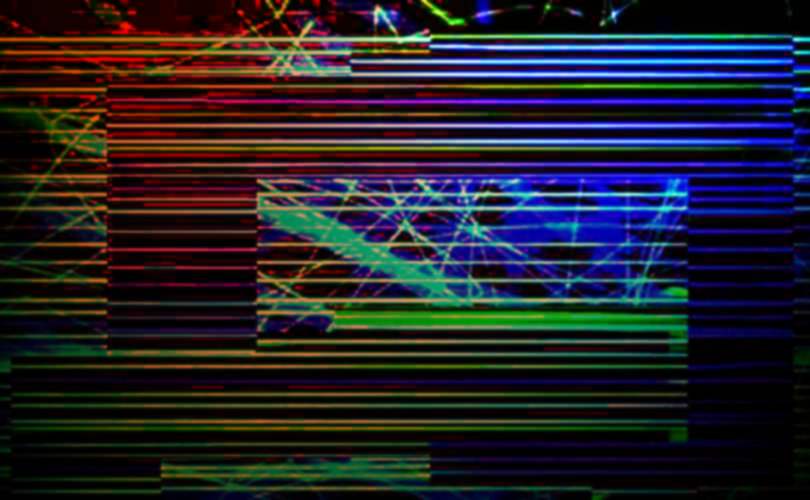| |
|
The Laser Guide to Video Games |
|

My Hero
(Sega Master System - Sega/Coreland - 1986)
It's a simple, time-worn premise. Your character is enlisted to rescue his
companion from the clutches of evil punks. Along the way, you'll encounter
numerous types of obstacles. The most prevalent and numerous are the punk
characters, themselves armed with jump-kicks, who attack in waves. They jump
at you and you have to counter with either your fists or by using jumping
kicks of your own. Mastering the jump-kick move is your most important task,
since it's the primary weapon you'll be using throughout the game. Getting
the hang of the opponents' battle tactics takes some practice. This isn't as
easy as it sounds and you'll have to master the timing in order to defeat
them. You enable this attack with a simple press of a button, there's
nothing elaborate to memorize here. These characters attack in waves and you
have to survive them all in order to get to the next area.
Presenting a different type of challenge. The raised structures require you
to leap over large gaps, cross fiery interludes with flaming objects heading
staright up. These aren't as simple to dodge as it appears, and you need to
master their timing or face an instant end. Typically, you need to go over
multiple gaps in succession to beat that section. The game flows fairly good
throughout and there's little pause in the action during the stages, which
allows you to build up a consistent momentum once you get into the game's
flow, Before you know it, you'll be cleaning out waves of the punk
characters without much effort. Unfortunately, these aren't the only types
of opponents you have to face. At many points, punks will appear at windows
and throw pots at you. Fortunately, these fall straight down and are easy to
deflect.
Players will also face off against an array of other creatures such as frogs
and pigs at various intervals during the game. You can kick some of the
screen, jump over others and take out others with kicks, depending on the
situation you find yourself. At certain points, a tricky ninja character
will appear on top of the stages to impede your progress. Once he sees you,
he'lll throw a projectile at your character which you can either jump over
or crouch downward to dodge. The ninja characters can appear sudden;ly,
flying downward without much warning. You can anticipate the direction
they'll throw the weapons at you in most instances. It pays to have a little
patience and watch them throw one or two before you move right into its
path. You might have to traverse these sections a few times and memorize
where they appear ahead of time, which can be annoying. Additionally, the
characer will have to avoid spiked globes that are thown thier way, which
can't be kicked off the screen and kill you on contact.
Once you traversed these sections, you face off against the ulimate battle
against the boss character Jake. At first, these one-on-one battles are
relatively easy, just dodge his attacks and get a few kicks in and make
quick work of him. Later encounters bring more strategies as he learns to
dodge and evade attacks, too, He loses his cool and attacks with increased
frequency, making him harder to defeat. These require more skill and
technique later on and you need to be careful not to let him get in on you,
or else you'll find your energy bar depleted before you get a chance to
respons and knock him out. This makes the later stages much harder than they
could be and this spike in difficulty is probabky unexpected, but not
entirely free of counter-moves. Defeating him can be achieved at these
harder portioms, it just takes more dedication and effort. It doesn't
detract seriously from the game's solid mechanics which maintain a fairly
consistent approach throughout, with many interesting variations that keep
you engaged throughout.
This increasing level of challenge makes for a surprisingly difficult game
that belies its mirthfull exterior, There's a surprising amount of depth in
its combat system and the intervals where you have to navigate trickier
sections and enemies help to keep things from becoming too monotonous. This
gives My Hero a good balance between its pure action sequences and more
strategic areas. From a presentation standpoint, My Hero shows off the Sega
Master System's capabilities to an impressive degree. Character animation is
fluid throughout, with detailed sprite work, clever design and smooth frame
rates making for a visually appealing game throughout. Elaborate backgrounss
with detailed buildings and structures help to keep the experience fresh,
though there is an overabundance of green hues in this version.
Your opponents offer an impressive variey in design and presentation, with
the end-game encounter with spike overlooking an elaborate sunset creating
an impressive set-piece that makes an excellent climax for each level. Sound
effects are well-done too, with the trademark wooshing sound of your
jump-kicks marking the main accompaniment. An appropriately light, yet
driving soundtrack hits a constant refrain throughout and while it can get
slightly irritating after extended sessions, it's well-done and marks one of
the early high-water marks for the SMS' audio capabilities. For all these
reasons, My Hero remains one of the more memorable and engaging titles in
the SMS library. Its a fairly faithful arcade conversion that retains the
straightforward gameplay and solid visuals that ate the cornerstones of its
enduring appeal. Taking a traditionally structured fighting game in the mold
of Double Dragon but simplifying its structure makes My Hero an enjoyable,
accessible game that should appeal to players of many ages and abilities.
- Michael Palisano
|
| | |